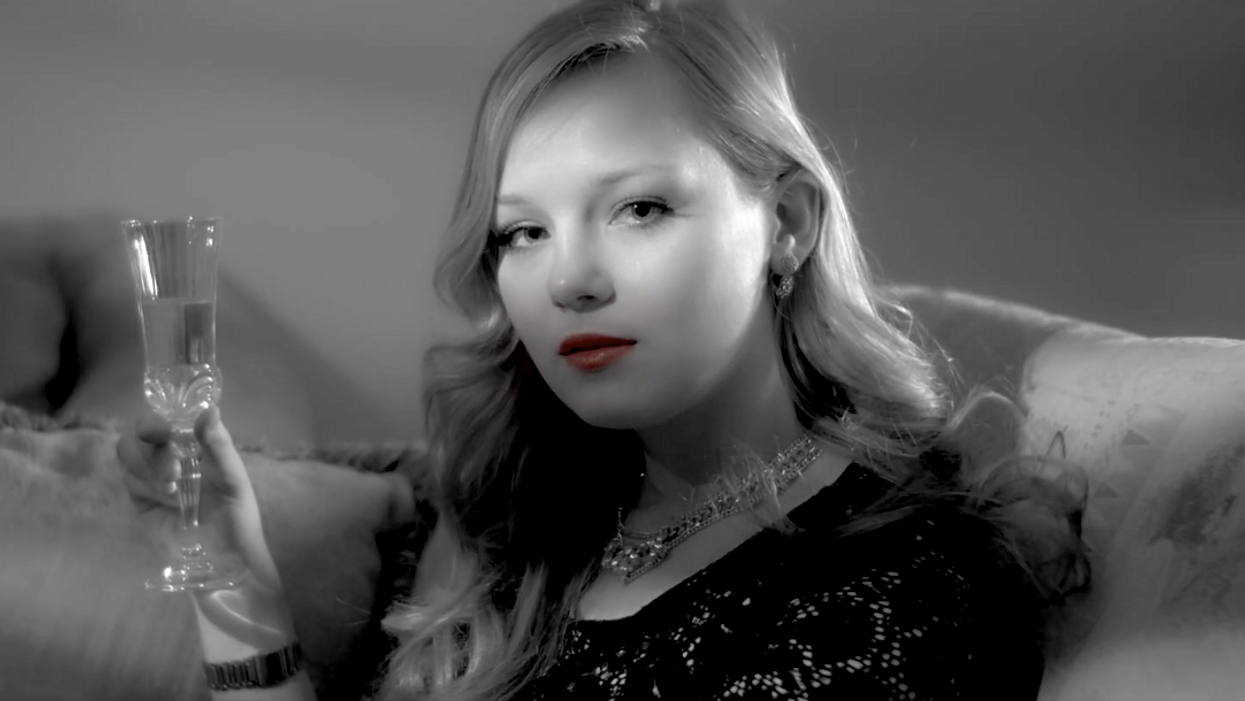Exclusive Tutorial: How to Create Stunning Film Noir Style with Very Little Money
Few styles are as distinctive or eye-catching as classic film noir. But replicating it isn't as easy as it looks, particularly when you don't have much money.

Our good friend Tom Antos, who has had a number of tutorials featured on this site over the years (most recently an excellent tutorial for building a very convincing DIY rain machine), recently put together an exclusive tutorial just for us. In it, he shows us how to create a contemporary twist on the classic film noir style using incredibly inexpensive lights and color correction tools available to anybody with an NLE.
There are a few really useful tips on lighting film noir in this tutorial. First and foremost is key light placement. Since noir is, by its very definition, a moody, dramatic style, your best bet is to use a powerful single source for your key and place it off-axis in order to create dramatic shadows across your actress's face. Of course, with women, you typically want a more diffused key light to alleviate the hard nose shadows that come along with hard, direct lighting. Still, creating a sense of contrast on the face is essential, and you can usually forego a fill light altogether. The second key tip here is the bright, hard hair light/rim light, which is essential for cutting the character out from a background that is usually relatively dark. More often than not, you can get away with just these two sources (the key and rim) for lighting a character dramatically in the style of film noir. And as you can see from Tom's tutorial, they don't even have to be expensive lights. You can get away with hardware store work and clip lights if you shape them well.
Additionally, film noir is one of the few styles where you're not only allowed to go crazy with making unique shadows in the background of your scene, but it's expected and encouraged. You can create gobos that look like venetian blinds (probably the most common), or you can shine light through just about anything in order to create shadows that are expressionistic and abstract. Some of my personal favorite practical gobos that you can find around just about anywhere are house plants and wall clocks. Plus, you can create your own customized gobos by cutting specific shapes out of a piece of cardboard.
Tom has a ton of great cinematography tutorials and reviews on his YouTube channel (plus a killer new short film), so be sure to head over and learn you some things. What are some of your tips and tricks for lighting film noir? Let us know down in the comments!
Source: Tom Antos

 No Film School's coverage of
No Film School's coverage of 









